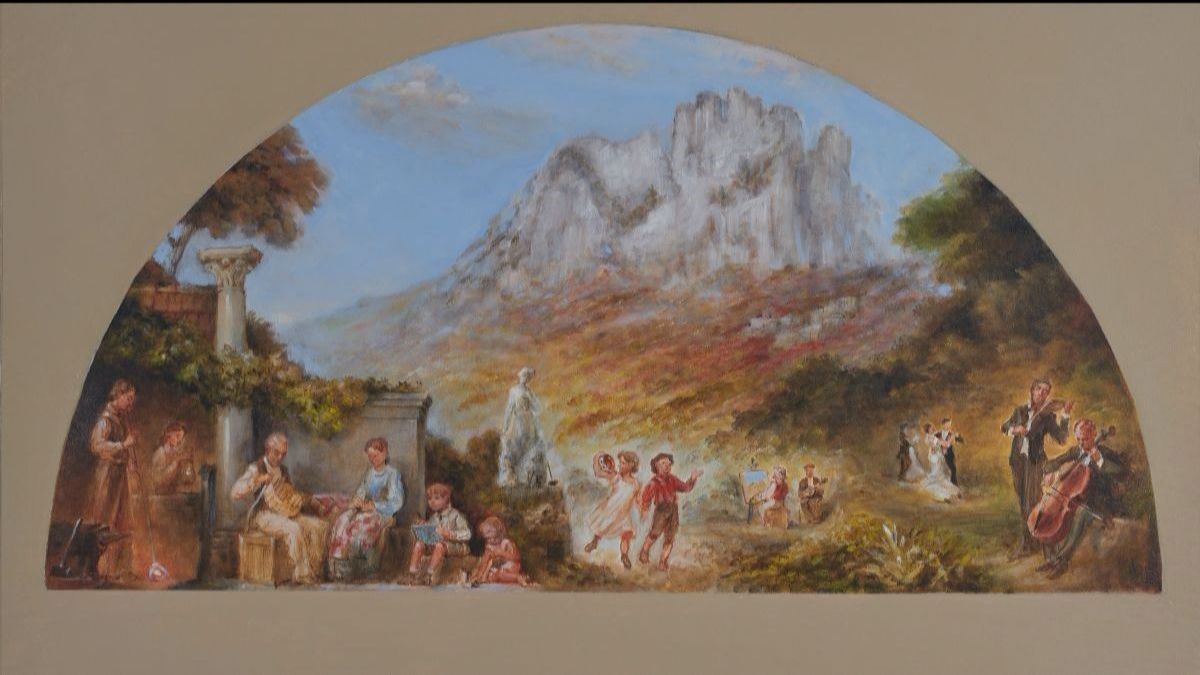The scaffolding is up and artistic work is beginning on the first two of eight murals set to cover parts of the Capitol dome and rotunda.
Joining Gov. Jim Justice in his weekly media briefing, Secretary of West Virginia Department of Arts, Culture & History Randall Reid-Smith said architect Cass Gilbert’s original plan from the state Capitol’s dedication in 1932 included a mural display.
“There was actually no money at that time,” Reid-Smith said. “Of course, we had the Depression, and there was no extra money to do these things. There were 18 governors, 19 if you count Underwood twice, and we never got this done, and I really appreciate you doing this.”
Reid-Smith said the murals will be allegorical, interpreting liberty, justice, commerce and education – as well as historical, depicting Harpers Ferry in 1859, the Battle of Philippi, an arts celebration at Seneca Rocks and an historic state compilation.
Photo Credit: WV Governor’s Office
“It will be an interpretation of the state seal,” Reid-Smith said. “In this you’ll see Abraham Lincoln and Arthur I. Borman, Francis Pierpont, and you’ll see scenes of Wheeling and Charleston.”
The murals will be installed at the third floor level of the Rotunda. The installation process will be phased, with four lunettes (semi-circular spaces above doorways) being completed first, followed by four pendentives (curved triangular sections supporting a dome).
In a press release from Justice, a detailed construction schedule was laid out to ensure the work is completed efficiently and with minimal disruption to the public.
Construction Schedule:
- April 1: Installation begins with the “Battle of Philippi Bridge” and “State Seal” lunettes.
- June 3: Installation continues with the “Shivaree of Seneca Rock” and “Harpers Ferry 1859” lunettes.
- Aug. 5: Work begins on the first two pendentives.
- Sept. 16: Work continues on the remaining two pendentives.
- Nov. 12: Scaffolding dismantled and removed from the site.
Reid-Smith said the first two of the murals will be dedicated on June 20, West Virginia’s 161st birthday.
The project is expected to be completed by the end of November 2024.
